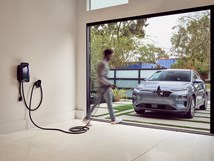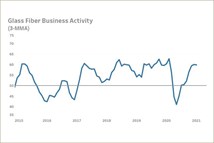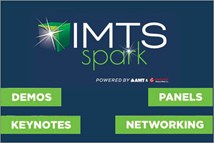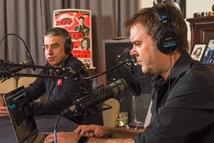Aston Martin Hires Former McLaren Test Driver for Valkyrie Program
Former McLaren Automotive Ltd. chief test driver Chris Goodwin has joined Aston Martin Lagonda Ltd. to help refine that company’s upcoming Valkyrie hypercar.
Former McLaren Automotive Ltd. chief test driver Chris Goodwin has joined Aston Martin Lagonda Ltd. to help refine that company’s upcoming Valkyrie hypercar.
Due in 2019, the £2.5 million ($3.4 million) Valkyrie is being co-developed with Red Bull Racing. The car’s hybrid powertrain will team a 6.5-litre Cosworth V-12 engine and electric motor that together are expected to generate as much as 1,100 hp. Production will be limited to 150 vehicles.
Goodwin, who has competed on the Formula One racing circuit, helped McLaren develop its P1 supercar. He also has been testing the company’s upcoming BP23 and Senna models.
At Aston Martin, Goodwin’s job title will be expert high-performance test driver. In addition to the Valkyrie, Goodwin will test several other upcoming Aston Martin models, including the RapidE electric car and a new crossover/SUV.
Goodwin joins several other recent Aston Martin hires poached from rivals. In September, Simone Rizzuto, former vehicle performance testing and integration lead at Maserati and Alfa Romeo, was hired as chief engineer for vehicle dynamics. Joerg Ross, former head of advanced powertrain at Maserati, joined Aston Martin this summer as chief powertrain officer.
RELATED CONTENT
-
Cobots: 14 Things You Need to Know
What jobs do cobots do well? How is a cobot programmed? What’s the ROI? We asked these questions and more to four of the leading suppliers of cobots.
-
On Automotive: An All Electric Edition
A look at electric vehicle-related developments, from new products to recycling old batteries.
-
On Fuel Cells, Battery Enclosures, and Lucid Air
A skateboard for fuel cells, building a better battery enclosure, what ADAS does, a big engine for boats, the curious case of lean production, what drivers think, and why Lucid is remarkable








